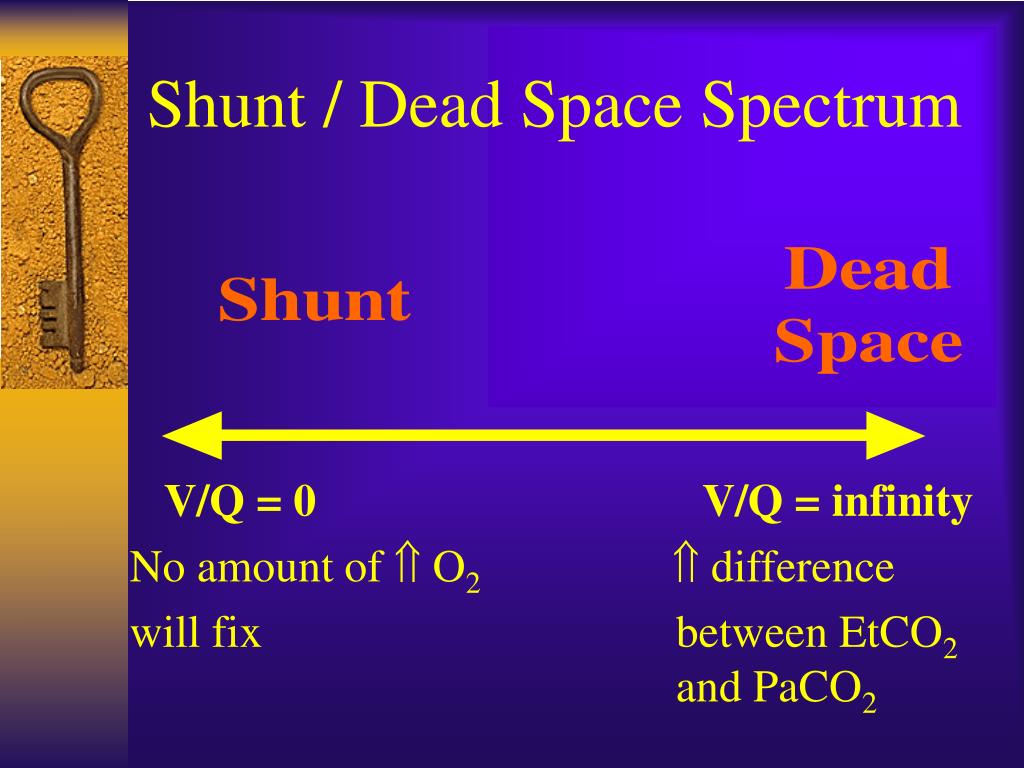

While you may notice several waveforms on the ventilator, each with their own nuances, a fundamental understanding of the pressure-time curve is important for the emergency physician. After reviewing the fundamentals, the article will review common causes of triggered ventilator alarms and how to troubleshoot these issues. The goal of this article will be to review the basic concepts of volume and pressure characteristics in mechanically ventilated patient so that you will be able to interpret variations that trigger alarms.

Being the centered and disciplined resident that you are, you step into the room to begin systematically evaluating the situation. Some time later, the nurse from your first patient notifies you that the ventilator alarms keep going off, and that respiratory therapy is busy caring for another critically ill patient. After stabilizing the patient, you step out of the room to tend to another ill patient. Establishing the airway itself was not problematic and no airway abnormalities were seen during intubation. You are caring for a patient who arrived in acute respiratory failure requiring rapid sequence intubation.


 0 kommentar(er)
0 kommentar(er)
